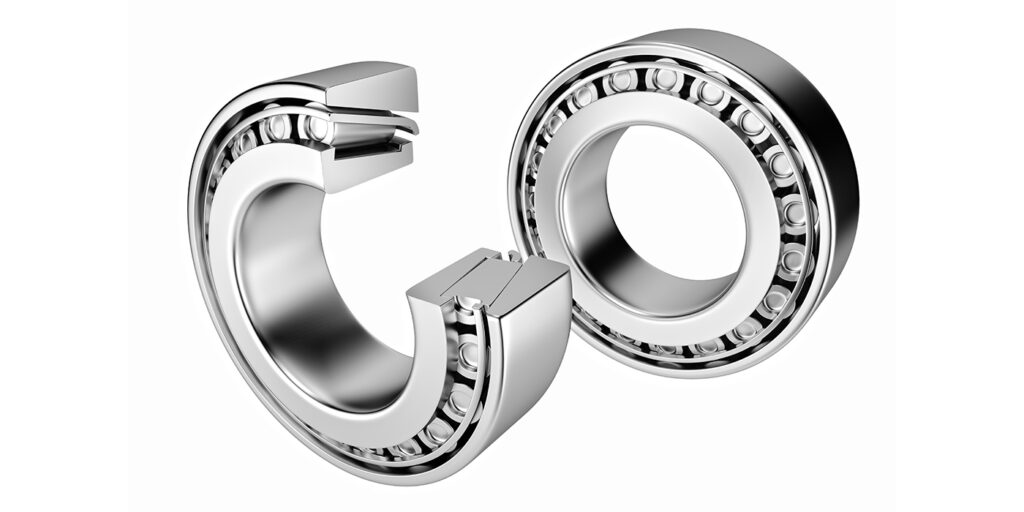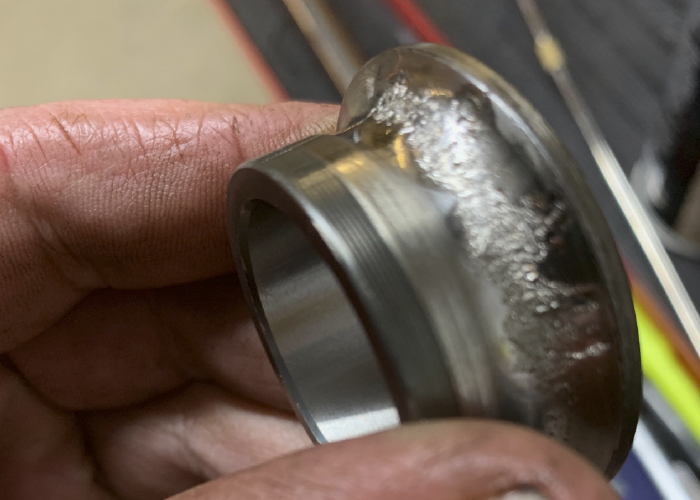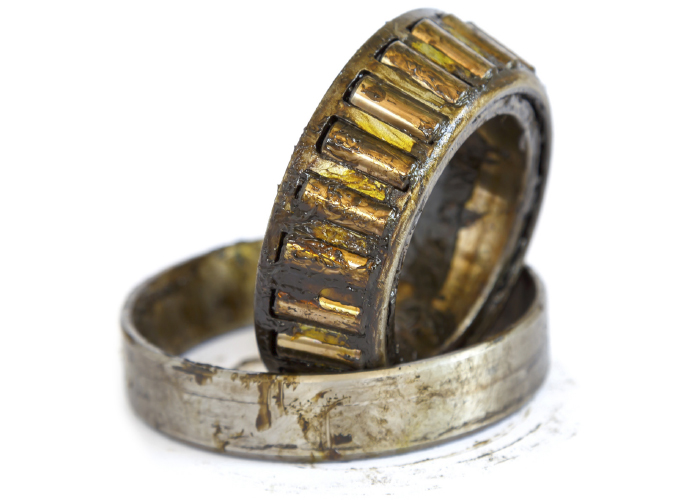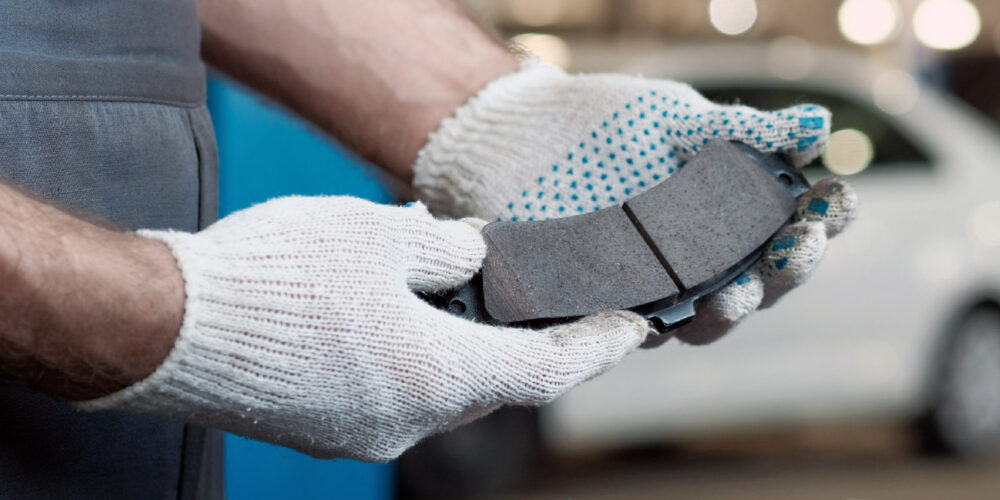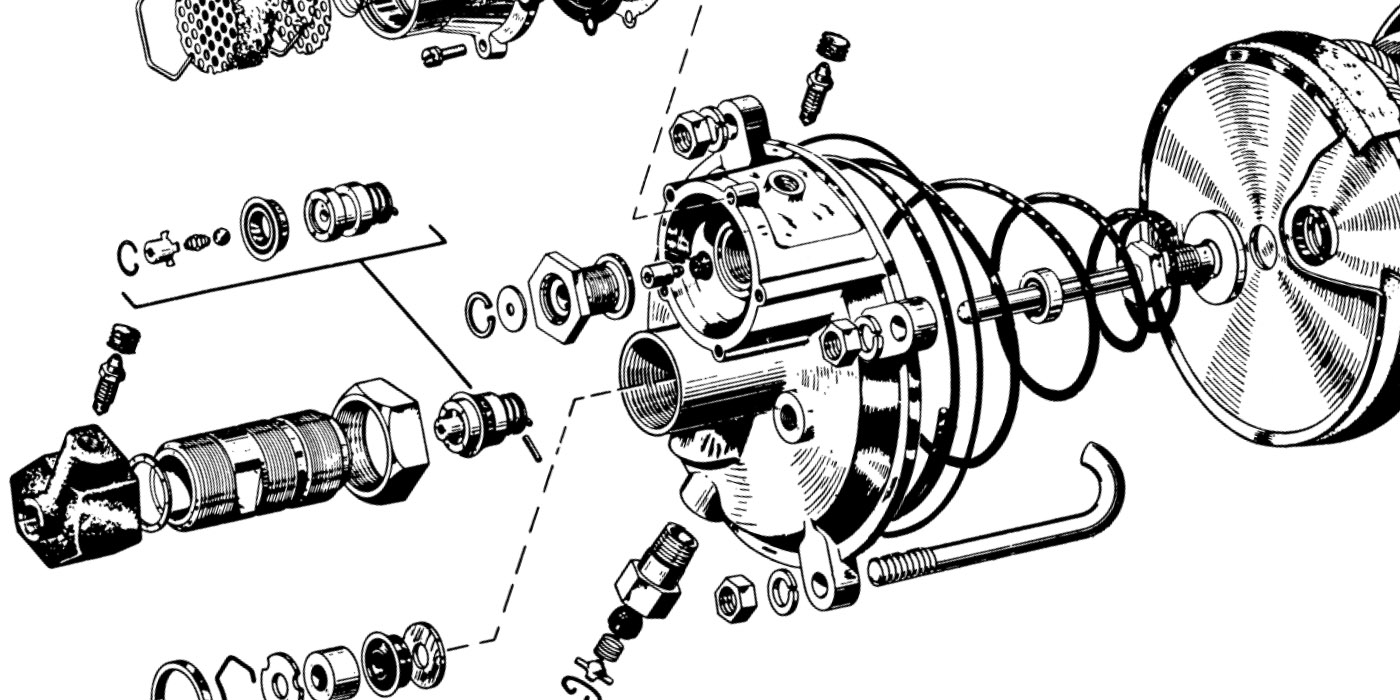As technicians, you may have noticed that you haven’t seen tapered wheel bearings in many late-model vehicles. It seems that nearly every vehicle made these days will run some sort of wheel hub assembly. There are a number of reasons for this, but the biggest reason is this: ease of assembly. Not assembly for us, the technicians, but for the assembly line.
Yes, assembly line efficiency is a big driving force behind new automotive trends and technology. The faster a new vehicle can go down the assembly line, the better it is for the OEM. So, over time, we see parts such as tapered bearings fade away in favor of newer-style components such as wheel hub assemblies. But, tapered bearings aren’t gone, they’ve simply found their next logical home.
Let’s take a look at tapered bearing construction, their strengths and weaknesses, which applications they’re best suited for, and what you should know as a technician whenever servicing them.
Construction
Tapered wheel bearings are made up of four parts – the inner ring, the tapered rollers, the cage, and the outer ring. The inner ring, tapered rollers, and the cage are all combined during manufacturing into the bearing cone. The outer ring is also known as the cup or bearing race. The cup and the cone are mated parts – they wear together over time and must be replaced in pairs.
Strengths & Weaknesses
Every component is designed with a taper, the rollers, the inner ring, outer ring, and the cage. They are designed for applications where high axial, radial, and combined load capacities are needed. They can cope with high loads, thanks to the large contact area between the rollers and the rings. They’re not very costly to manufacture, but they’re more labor intensive to install.
The large contact area between the rollers and the rings does have one downside – it can generate more friction compared to a ball-bearing design. This has a small impact on rolling resistance and fuel economy.
Applications
Tapered wheel bearings may be found in any application which requires a bearing to handle higher loads. This includes certain pickup trucks, as well as commercial and heavy-duty vehicles. In these types of applications, the slight increase in rolling resistance and friction are far outweighed by the added load capacity offered by tapered bearing construction.
Inspection
Tapered wheel bearings hardly ever wear out on their own. Endplay and noise are usually indicators of inadequate lubrication, faulty installation, or improper adjustment. For the repair to be successful, you must first determine why the previous bearing failed.
The grease can wear out. Grease is a precise combination of oil, thickeners and additives. Grease acts like a sponge to retain and release the oil. As a result of time and temperature conditions, the oil release properties can become depleted.
Burned or oxidized lubricant may leave a dark coating on bearing surfaces. If a bearing overheats, the hot lubricant breaks down and can cause scoring and even etching of the bearing surfaces.
Remember that with tapered roller bearings, excessive pre-load can mimic this same damage. If a bearing gets really hot, cages and seals could be deformed and lead to bearing lockup.
Installation
As with every style of bearing, tapered bearings need to be well lubricated for maximum service life. Unlike wheel hub units, tapered bearings are not lubricated during manufacturing. Instead, they need to be greased by hand when installed. This is known as “hand-packing” the bearing.
However, you can overfill a tapered wheel bearing with grease. This can cause excess churning of the grease during operation and high temperatures, resulting in overheating and excess grease purging (leaking). Overheating occurs because the heat generated cannot dissipate correctly, continually building until damage occurs. When a bearing overheats and pushes out the grease, the sealing lip can be damaged and “blown out” in the reverse direction.
During assembly it’s extremely important to preload the bearings according to the service information. This is not guesswork. Improper preload or torque can shorten the service life of the bearing, cause the steering to feel loose or vague, or lead to abnormal noises and other potential customer complaints. In short, a little bit of added effort during this stage of the install will help to reduce the risk of a customer comeback.
Tapered roller bearings on the front of RWD vehicles are never preloaded like a ball bearing style unit. They’re snugged up with no more than 15 to 20 ft.-lbs. of torque while rotating the wheel to make sure the bearings are seated. Then the adjustment nut is loosened 1/6 to 1/4 turn and locked in place with a new cotter pin. As a rule, endplay should be about 0.001 to 0.005 inch. Remember to always check the service information for the correct procedure and torque values for the application you’re working on.
The inside of a bearing can be a hot place. When a bearing is cooling off, the contracting metal, air and lubricant can create a vacuum that is hopefully held by the seals. If the seals are worn and can’t hold the vacuum, the bearing or sealed hub unit will suck in outside air, debris and water. In some parts of the country that use salt on the roads, it is almost as bad as ocean water on wheel bearings.
As these contaminants circulate through the grease and between the races and bearings, the components wear and possibly change their metallurgy.
Once a bearing is worn, the wear rate is accelerated by seals that no longer keep out contaminants, and increased heat may breakdown and eventually expel the lubricants. This is a slippery slope that could quickly lead to catastrophic failure.

